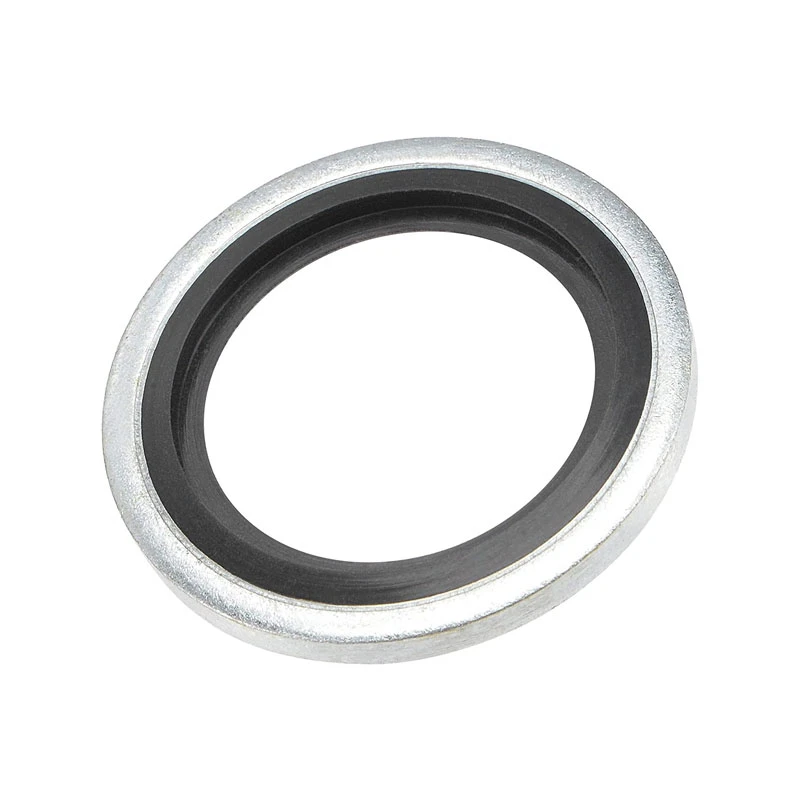Understanding the Importance of Automatic Transmission Rear Seal for Vehicle Performance and Longevity
Understanding Automatic Transmission Rear Seals
Automatic transmissions are complex systems that play a crucial role in the performance of vehicles. One critical component of this system is the rear seal, which serves an essential function in maintaining the integrity and efficiency of the transmission. In this article, we will delve into the role of the automatic transmission rear seal, the issues that can arise when it fails, and ways to prevent seal-related problems.
The Role of the Rear Seal
The rear seal of an automatic transmission is positioned at the interface between the transmission case and the driveshaft. Its primary function is to prevent transmission fluid from leaking out of the system. This is vital because transmission fluid not only lubricates and cools the components inside the transmission but also facilitates the hydraulic pressure needed for the transmission to operate smoothly.
A properly functioning rear seal ensures that the transmission fluid maintains its level, which is critical for optimal operation. It helps to avoid the harsh shifting experiences that can occur when fluid levels drop, and it also reduces the risk of overheating, which can lead to severe damage to the transmission.
Signs of a Failing Rear Seal
A failing automatic transmission rear seal may not show immediate symptoms, but there are some indicators to watch for. One of the most common signs is the presence of transmission fluid leaking from the rear of the transmission. This fluid is typically red or pink and may create pooling beneath the vehicle. If you observe leakage, it’s crucial to address it promptly, as low fluid levels can lead to more severe transmission issues.
Another sign of a potential problem is erratic shifting or slipping gears. If you notice that your vehicle hesitates before engaging a gear or experiences unpredictable behavior when changing gears, it could indicate that the rear seal is allowing fluid to escape, disrupting hydraulic pressure.
Additionally, if the check engine light or transmission warning light illuminates on your dashboard, it’s worth having the system checked as soon as possible
. These warnings could be related to fluid levels or pressure issues caused by a compromised rear seal.Causes of Rear Seal Failure
automatic transmission rear seal

Several factors can contribute to the deterioration of an automatic transmission rear seal. Age is a primary factor; over time, seals can become brittle and lose their elasticity due to the constant exposure to heat and friction. This degradation makes it easier for fluid to seep through.
Contaminants in the transmission fluid can also play a role in seal failure. When transmission fluid becomes dirty, it can cause wear on the sealing surface and result in leaks. Additionally, using the wrong type of transmission fluid can lead to compatibility issues, further exacerbating wear on the seal.
Overheating can also significantly impact the durability of the rear seal. High temperatures can cause the seal material to warp, leading to improper sealing and leakage. Regular maintenance, including fluid changes and ensuring the cooling system is functioning correctly, can mitigate this risk.
Preventative Measures
Preventing rear seal failure is essential for ensuring your automatic transmission operates smoothly. One of the best preventative measures is to maintain regular transmission fluid changes. Clean fluid helps lubricate the seals and keeps the internal components functioning correctly.
It's also advisable to monitor your transmission fluid levels regularly. If you notice an unusual drop in fluid levels, investigate the cause immediately. Regularly inspecting your vehicle for signs of leaks can help catch potential issues early before they escalate into more significant problems.
If you’re experiencing symptoms associated with a failing rear seal, it’s best to take your vehicle to a qualified mechanic for a comprehensive inspection. Addressing issues early can help you avoid costly repairs and extend the lifespan of your vehicle's transmission.
Conclusion
The automatic transmission rear seal may be a small component, but its importance cannot be overstated. By understanding its role, recognizing signs of potential failure, and implementing preventative measures, vehicle owners can help ensure their automatic transmission remains in peak condition. Staying vigilant about maintenance and addressing issues promptly will not only enhance vehicle performance but also prolong the life of the transmission as a whole.
-
Understanding the Front Main Engine Seal: Purpose, Maintenance, and Installation
News Jul.29,2025
-
Understanding O-Rings and Seal Rings: Types, Applications, and Custom Solutions
News Jul.29,2025
-
Understanding Crankshaft Oil Seals: Rear Seals, Pulley Seals, and Their Role in Engine Integrity
News Jul.29,2025
-
The Importance of Front and Rear Crankshaft Seals in Engine Performance and Oil Management
News Jul.29,2025
-
Crank Oil Seals: Functions, Types, and Cost Considerations in Engine Maintenance
News Jul.29,2025
-
A Comprehensive Guide to O-Rings and Seals: Types, Materials, and Global Applications
News Jul.29,2025
-
Mastering Diesel and Performance Engine Maintenance: A Guide to Critical Oil Gaskets
News Jul.28,2025
Products categories















